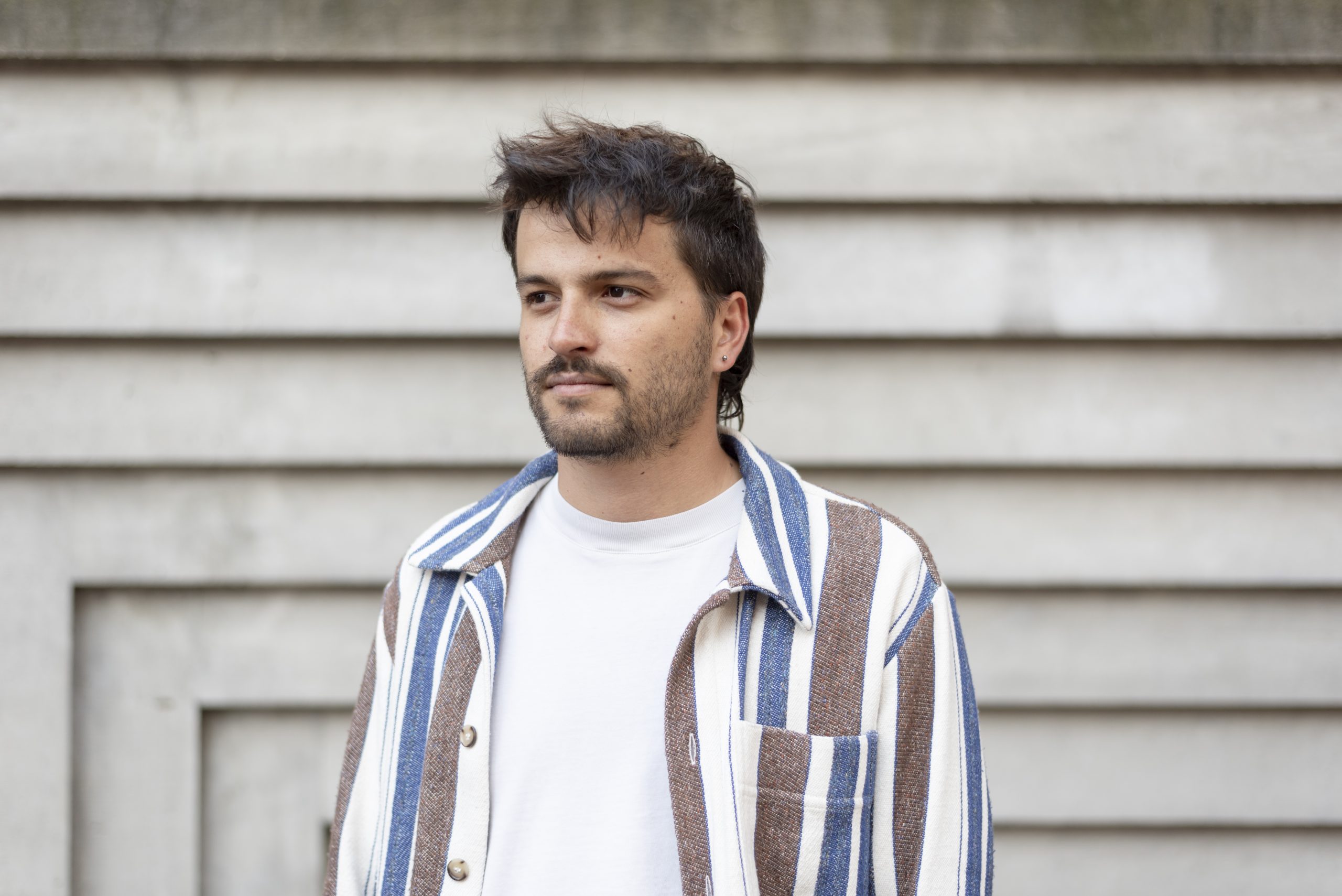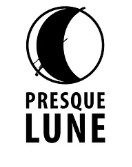Enrico Pinto
Cartoonist, Architect
March 2026

- Visual Arts
- Los Angeles
“My goal is to build a story around Venturi and Scott Brown’s grand adventure in Vegas: a story not only about casinos, consumerism and architecture, but also about immigration, feminism and love.”
I studied architecture at the Politecnico of Milan and Turin. After living in Copenhagen, Barcelona and Berlin, I moved to Paris in 2018, where I discovered the world of comics and cartooning.
My first graphic novel, L’Écran blanc (2023/2024), is a political thriller set in a dystopian present. It explores themes of ruin and loss, as well as the relationship between politics, architecture and nature. By using two different drawing techniques, I tried to outline a contemporary view of Paris, where the boundary between the real and digital worlds is increasingly thin.
I usually start building my stories around a space or person that has fascinated me for a long time. I like to work on autobiographical elements, intimate themes or even personal obsessions. What interests me most is the shift between reality and fiction: the moment when I move away from the source material and I create something original, fully exploring the narrative and graphic freedom inherent in comics.
For my residency project, I’d like to pursue this approach, drawing inspiration from the city of Las Vegas and the figure of architect Denise Scott Brown. As in my previous work, I will transform these elements through a prism that can be both realistic and oneiric, combining different graphic styles with different degrees of fiction and reality.
Originally from southern Italy and based in Paris since 2018, Enrico is a cartoonist and architect. His first graphic novel, The white screen, was published in 2024 by Presque lune (France) and in 2023 by Coconino Press (Italy). The book was included in the “Official Selection” of the Angouleme Festival in 2025 and won the “Revelation Artist” award at the Treviso Comic Book Festival in 2024. His illustrations and comics have appeared in magazines such as The New Yorker, The Times Luxury, Le Fooding and Internazionale.
I am currently writing a graphic novel about the legacy of post-modern architecture in the United States, focusing on the figure of Denise Scott Brown. Pioneering architect, planner, women’s rights advocate, she can be considered one of the most influential architectural theorists of the 20th century.
The idea for this project came out of a deep fascination with the book Learning from Las Vegas, authored by Scott Brown, Robert Venturi and Steven Izenour. I found it incredibly bold I find it interesting how they disrupted architectural theory by simply asking new questions, such as: “What do people really want?” or “What do buildings mean, now that they are perceived at great speed, from the window of a car?”. My goal is to build a story around their grand adventure in Vegas: a story about casinos, consumerism and architecture, but also about immigration, feminism and love.
Starting from a biographical perspective, I would like to introduce some elements of fiction and analyze the city through the eyes of another character: a French filmmaker who’s obsessed with Denise’s story and embarks on an introspective journey to Vegas. As she pitches her ideas to fellow artists and movie producers, her own story will become increasingly entangled with Denise’s, until the two narratives are difficult to tell apart.
Much like in filmmaking, I find the blurring of reality and fiction fascinating, and it feels especially fitting in a city like Las Vegas. As in my previous graphic novel, I want this secondary, almost oneiric narrative to correspond to a different graphic language and convey my personal view of the American urban landscape.
I’ve always been fascinated by American architecture, monumental infrastructure, freeway interchanges, and the sprawling nature of metropolises. Before starting my career as an architect, I spent a few months in Los Angeles, where I caught glimpses of the intricate mechanics of one of America’s most paradoxical cities—a city that indifferently harbors both dreams and nightmares.
Las Vegas is significant to me not only because it sharpens this paradox, but also because it reveals a great deal about our relationship with money and desire, our need for symbols and our cult of images. Starting with analytical techniques similar to those used in the making of Learning From Las Vegas, I want to investigate how the digital world has further shaped the city’s logic of seduction and consumption. The idea is to analyze how the city has changed since the book’s publication in 1972 and how it reacted to the contemporary proliferation of screens and oversaturation of images.
The residency will offer an invaluable opportunity to gather both writing and visual materials through urban sketching, photographic research, archival documentation, and interviews. Above all, I am interested in engaging with the diverse people who experience the Strip on a daily basis: tourists, local artists, performers, residents and homeless individuals. I am eager to understand the perspectives of Las Vegas’ architects and city planners, as well as to hear from the centurions of Caesars Palace and the cabaret dancers of the Stardust Casino.
In partnership with

Presque Lune

École d’architecture de la ville & des territoires Paris-Est

